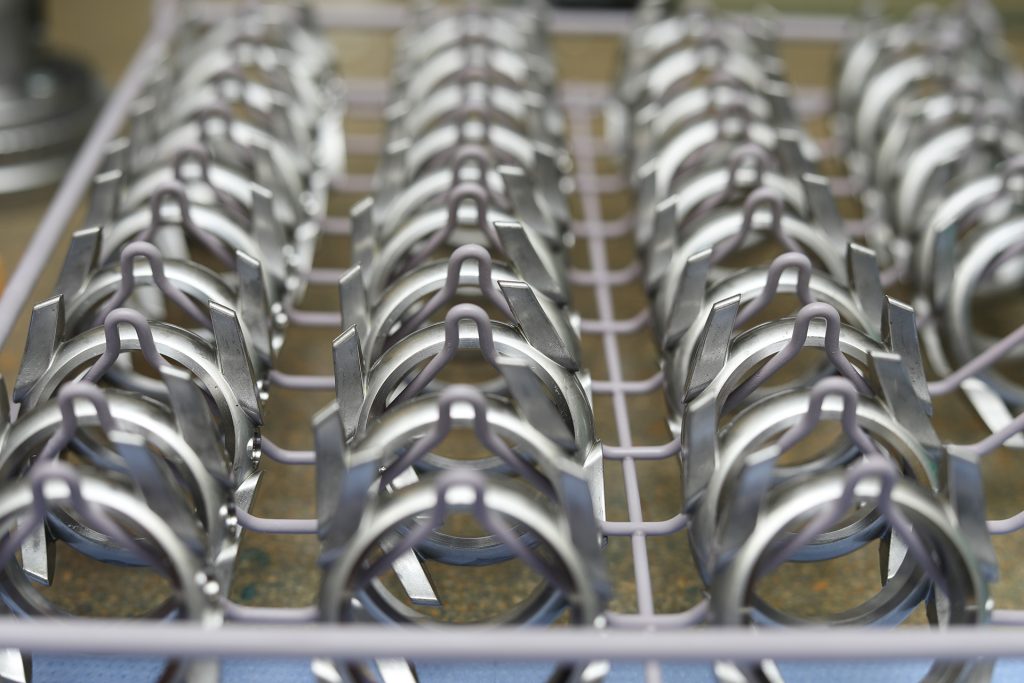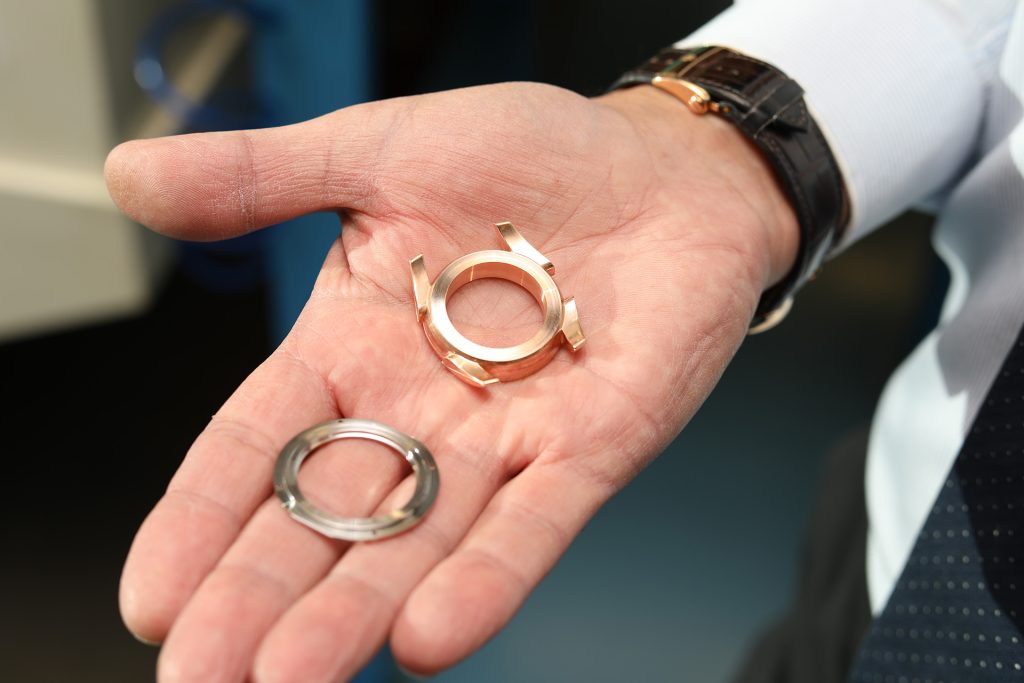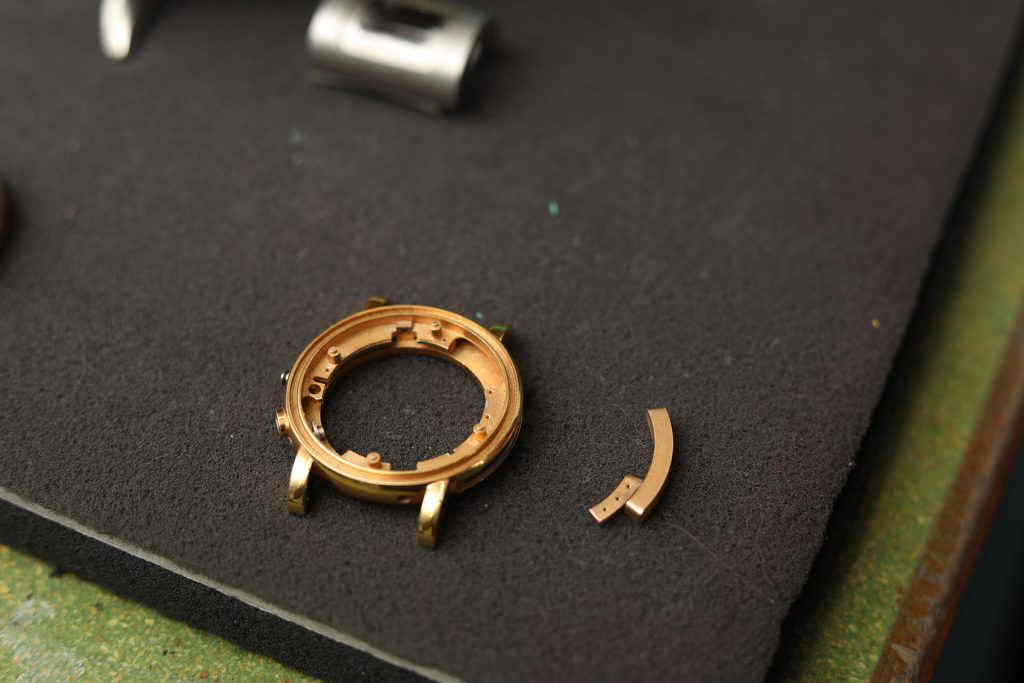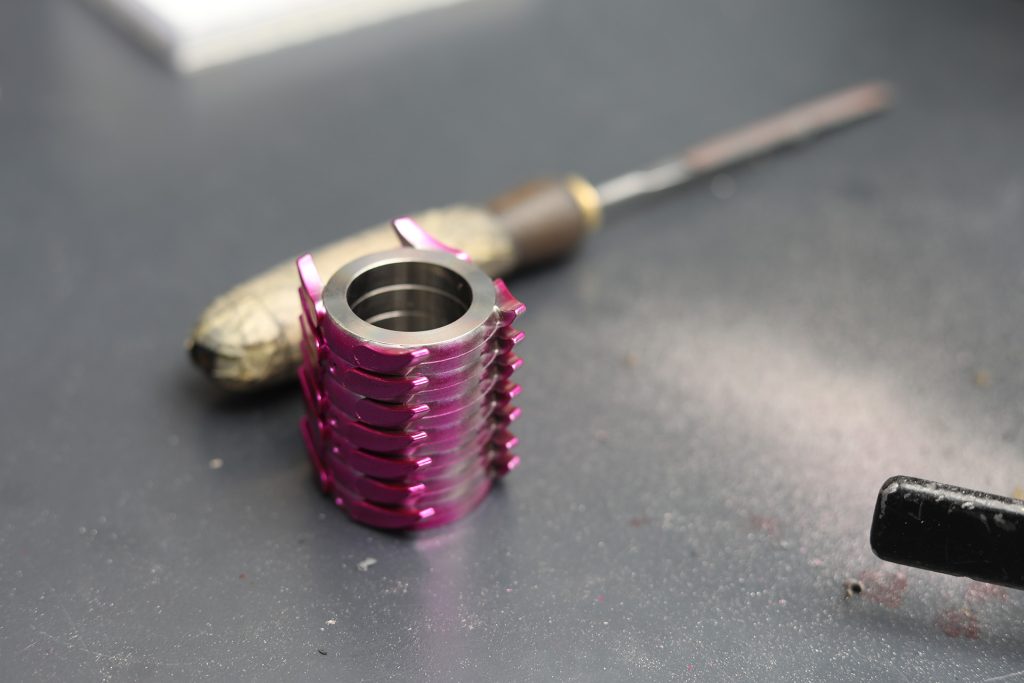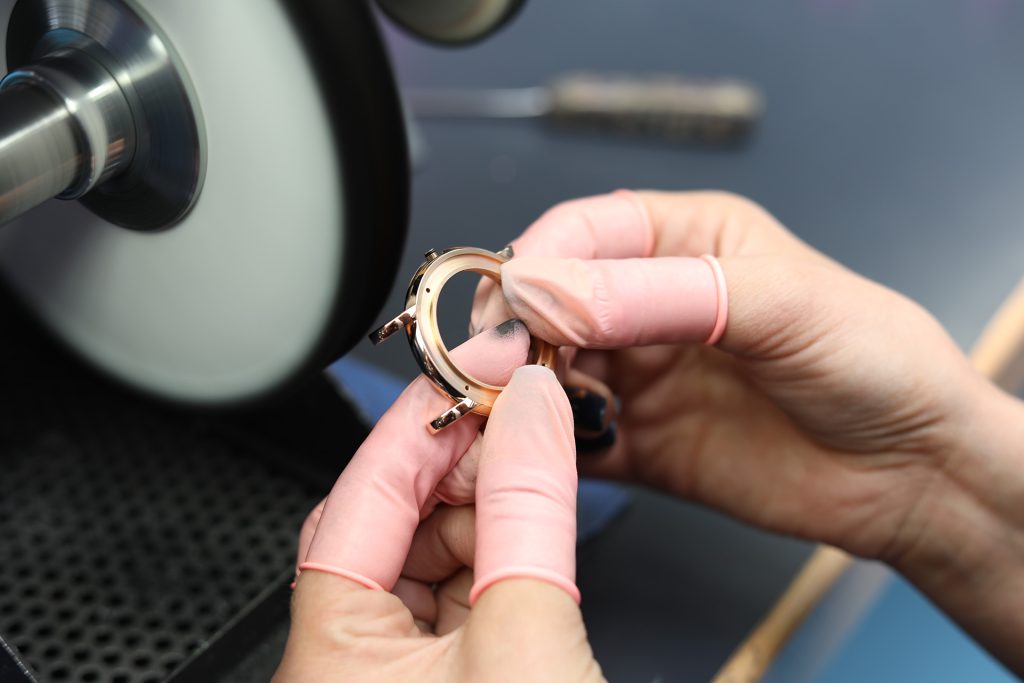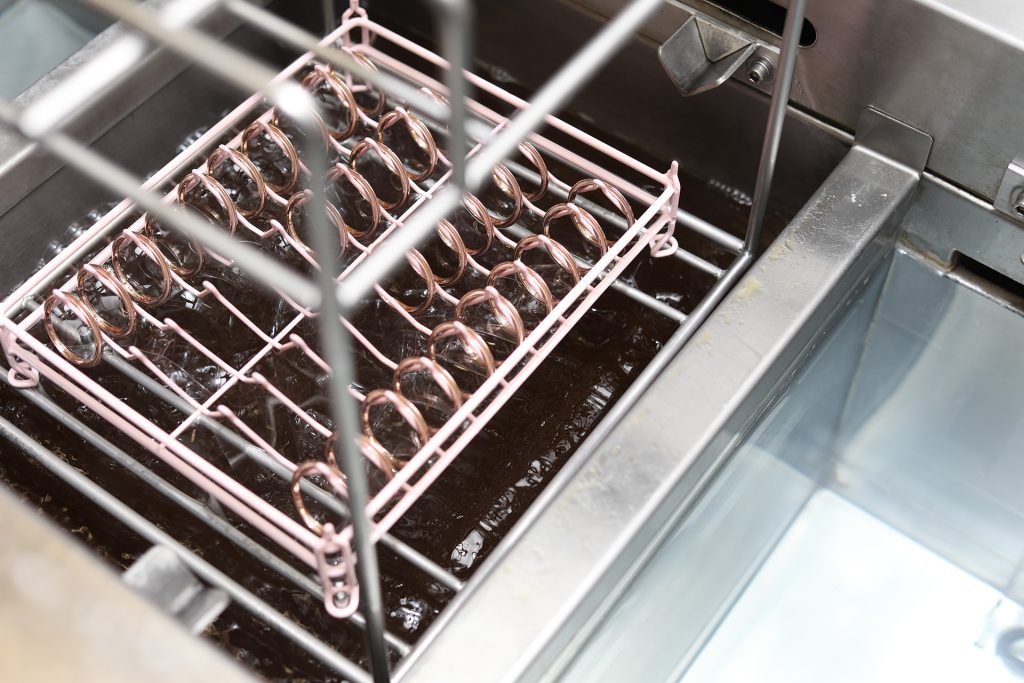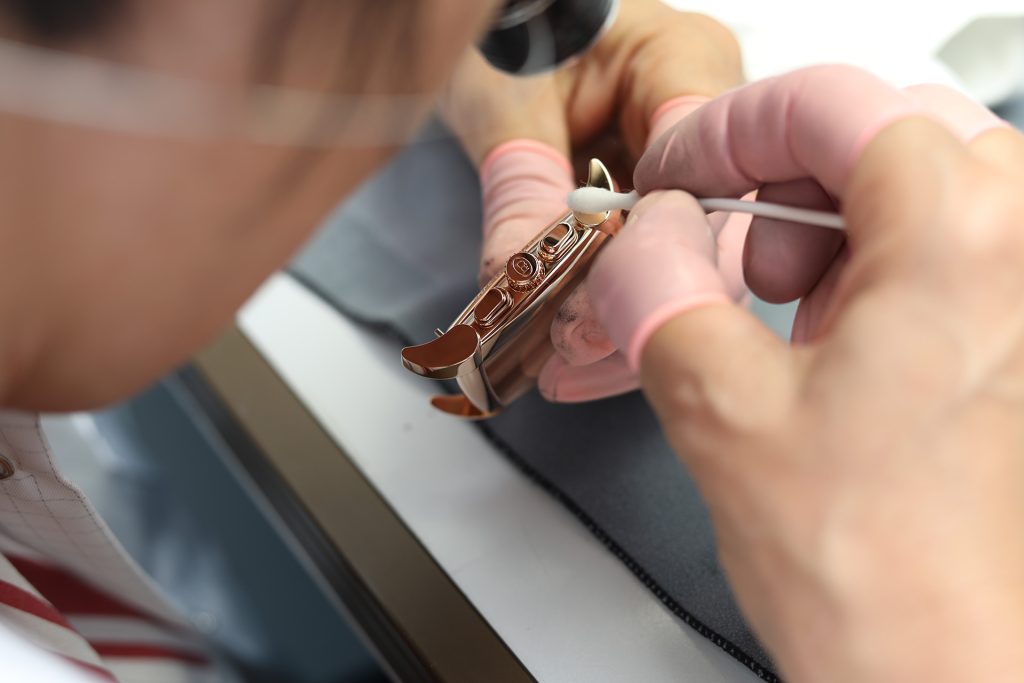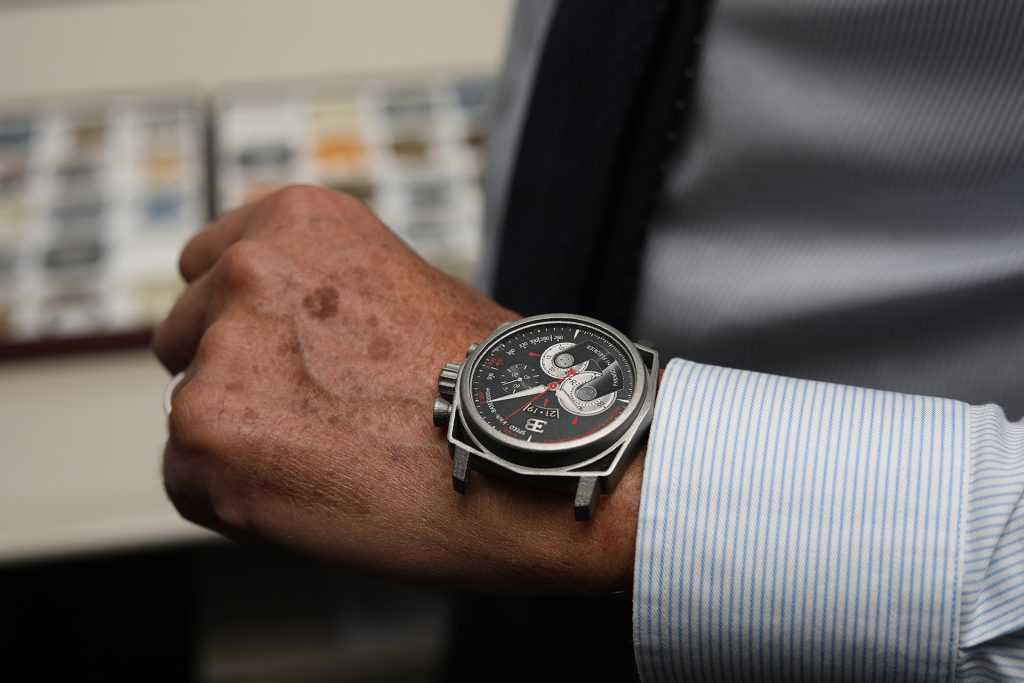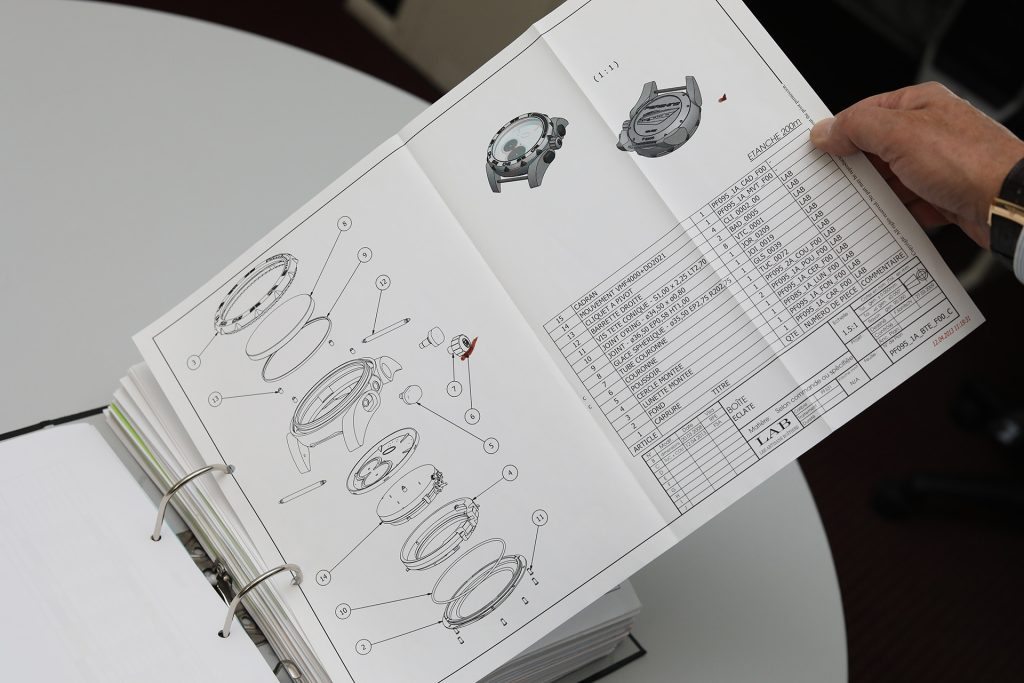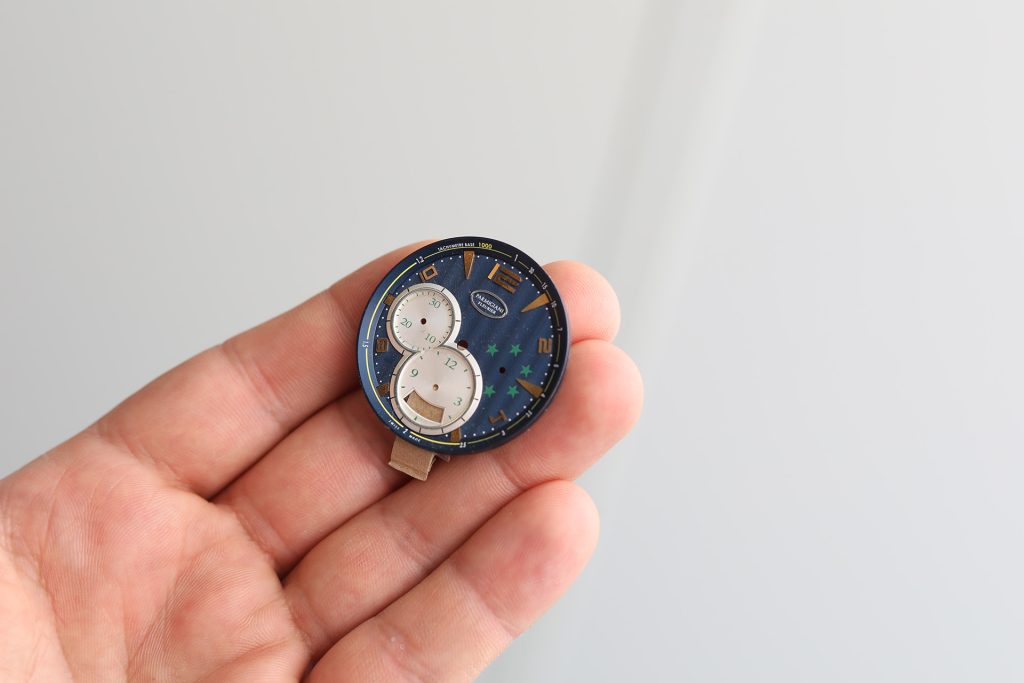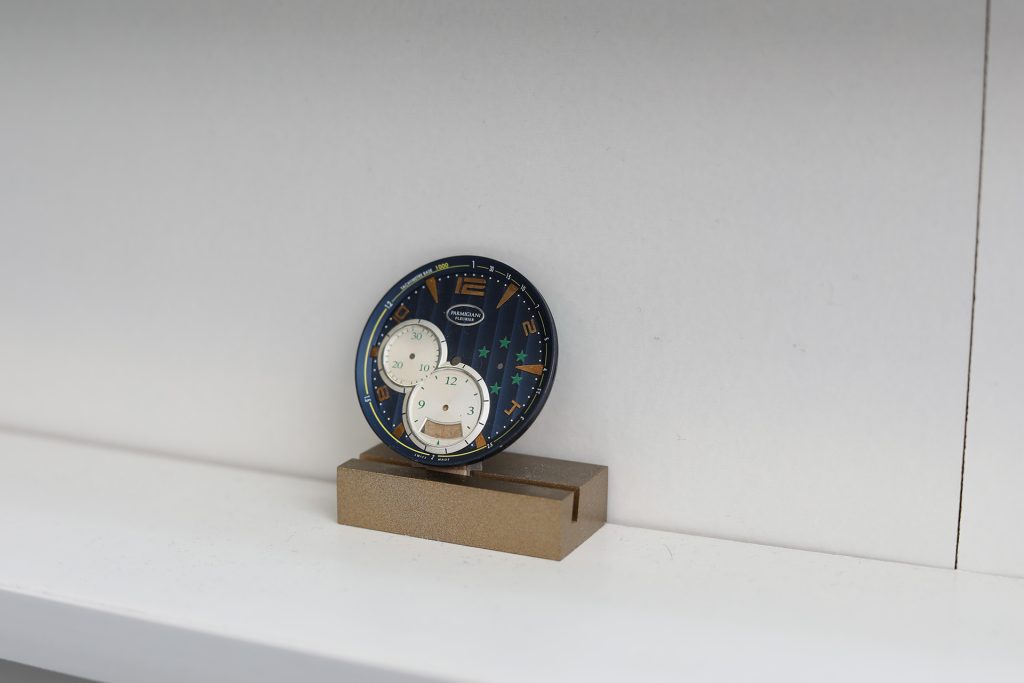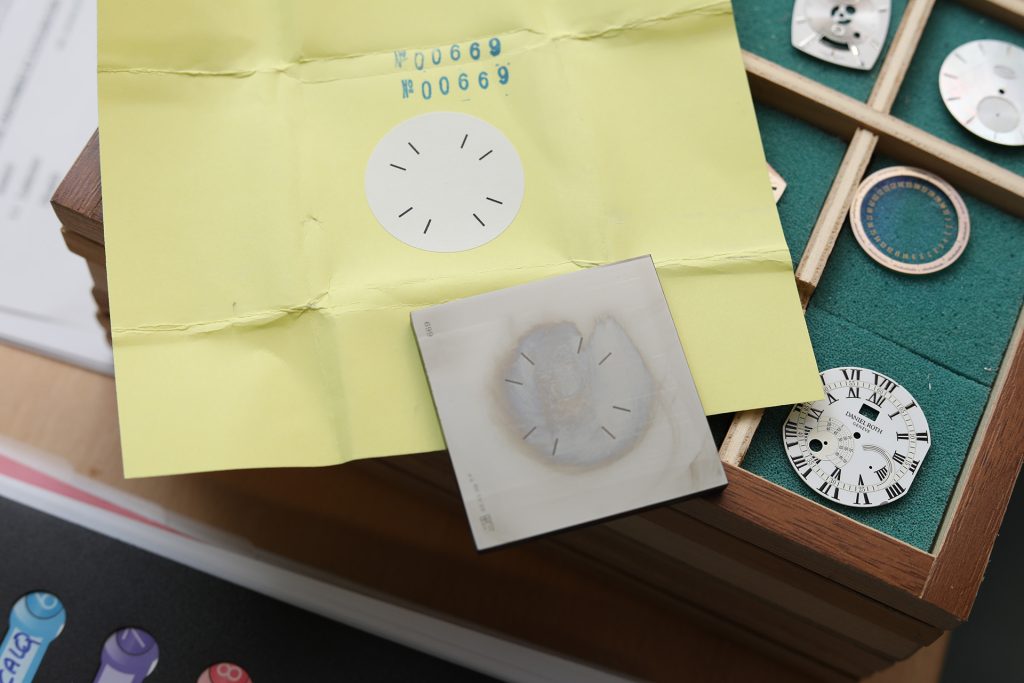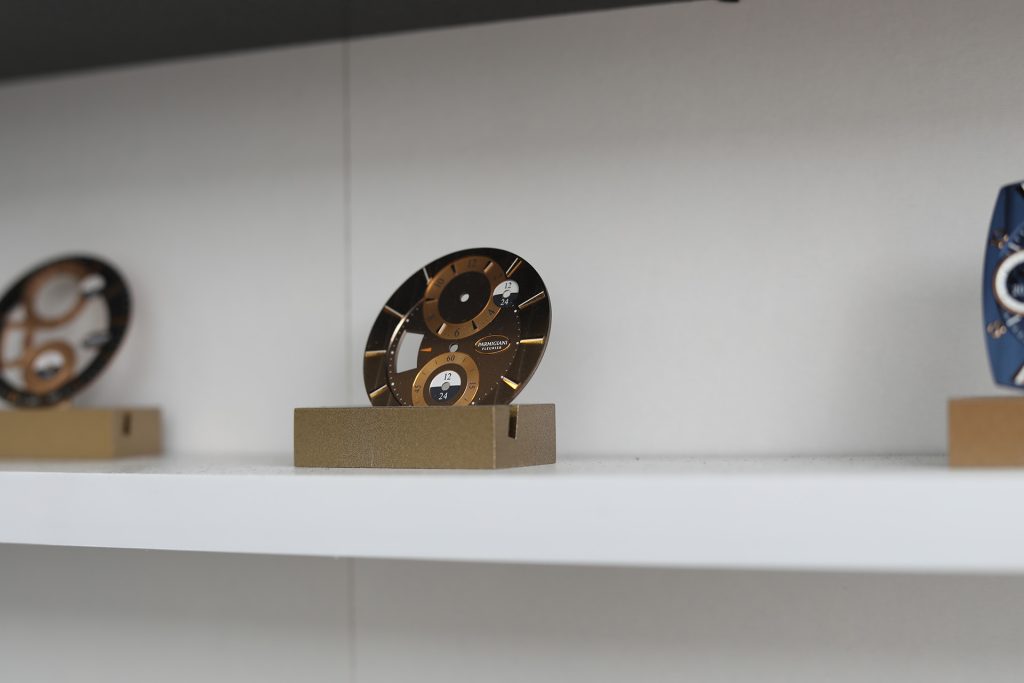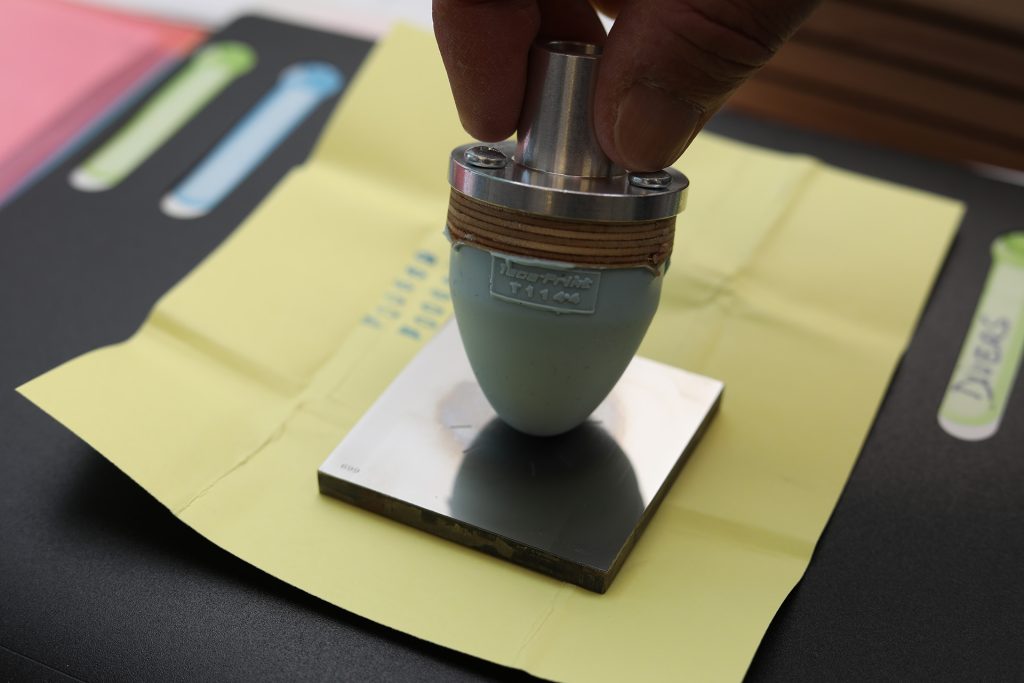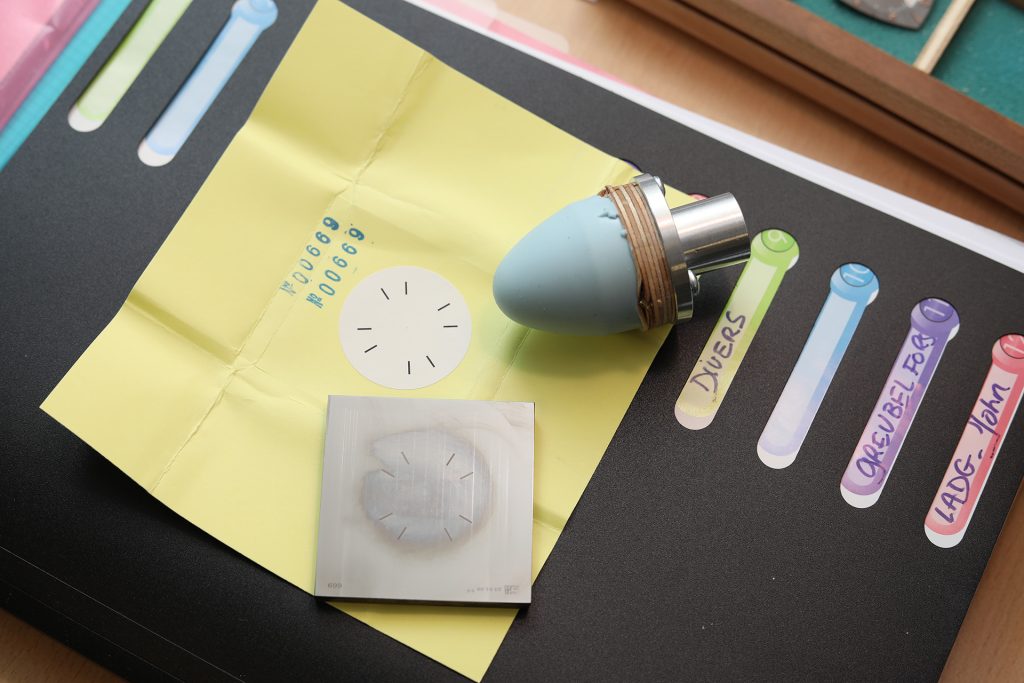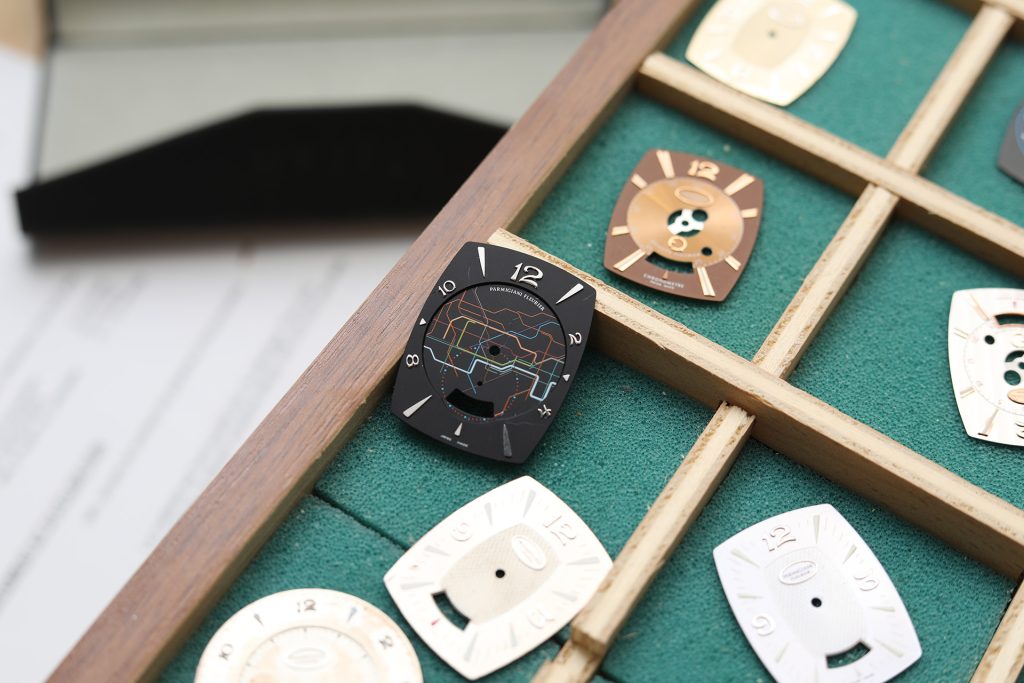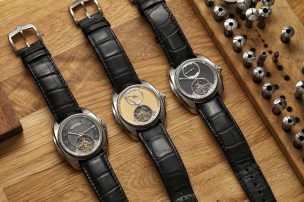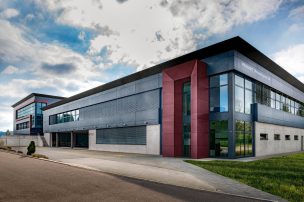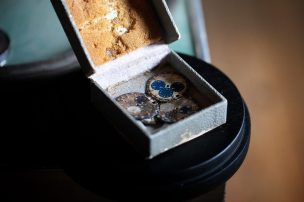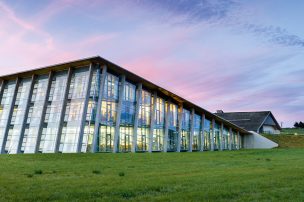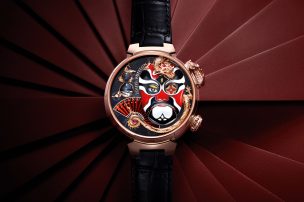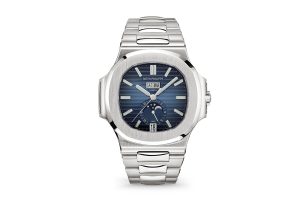
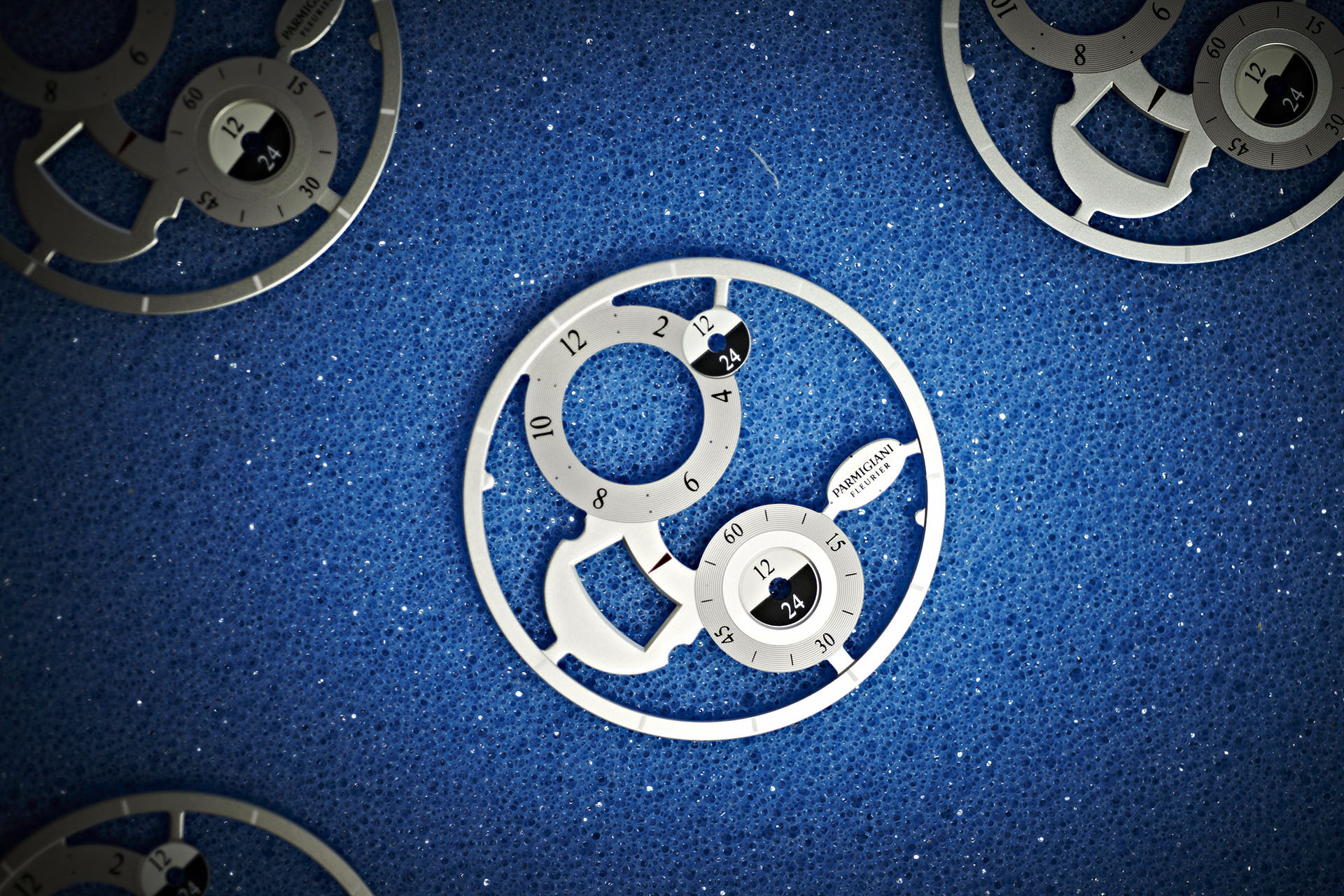
Parmigiani Fleurier – From Restoration To Haute Horlogerie Manufacture
Once, the small village of Fleurier in the Swiss canton of Neuchâtel has been an important place for watch making. But in the 1970s the quartz crisis had a major impact on the watch industry in Fleurier. At that time a young watchmaker called Michel Parmigiani was faced with the decision either to become an architect or watchmaker. Born in 1950 in Couvet near Fleurier, he already in early years developed an enthusiasm for watchmaking and special admiration for the playful automatons from the 17th and 18th century. Finally, despite all recommendations, he decided to become a watchmaker.
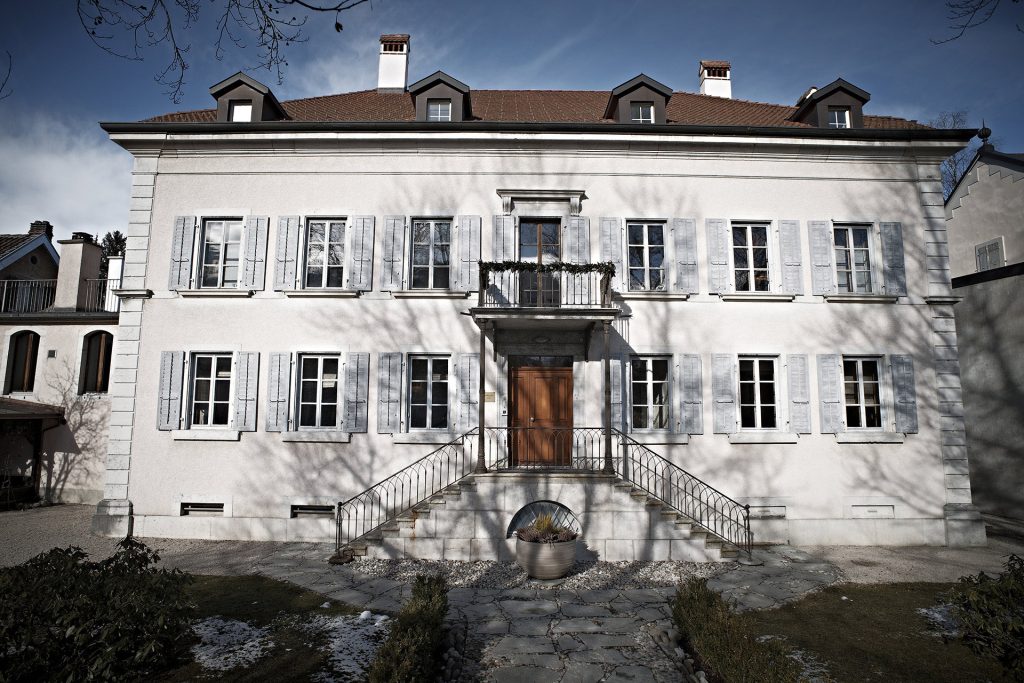
Homely – the Parmigiani Fleurier Headquarter in Fleurier
Tracing the most important watchmakers
Driven by the passion for the restoration of antique watches and automatons, at the age of 25 Parmigiani opened his first workshop in Couvet called ‘Mesure et Art du Temps’. The first appointments derived from the Patek Philippe museum in Geneva as well as the watch museum ‘Château des Monts’ in Le Locle for which Parmigiani restored renowned pieces by hand. Ephrem Jobin, who was the first curator of ‘Château des Monts’ entrusted him with the maintenance of the Maurice-Yves Sandoz collection. Thus, he met Pierre Landolt, the chairman of the ‘Sandoz Family Foundation’ which owns precious antique automatons and watches, as well as an important pocket watch from Perrin Frères or the famous Fabergé peacock egg from 1908.
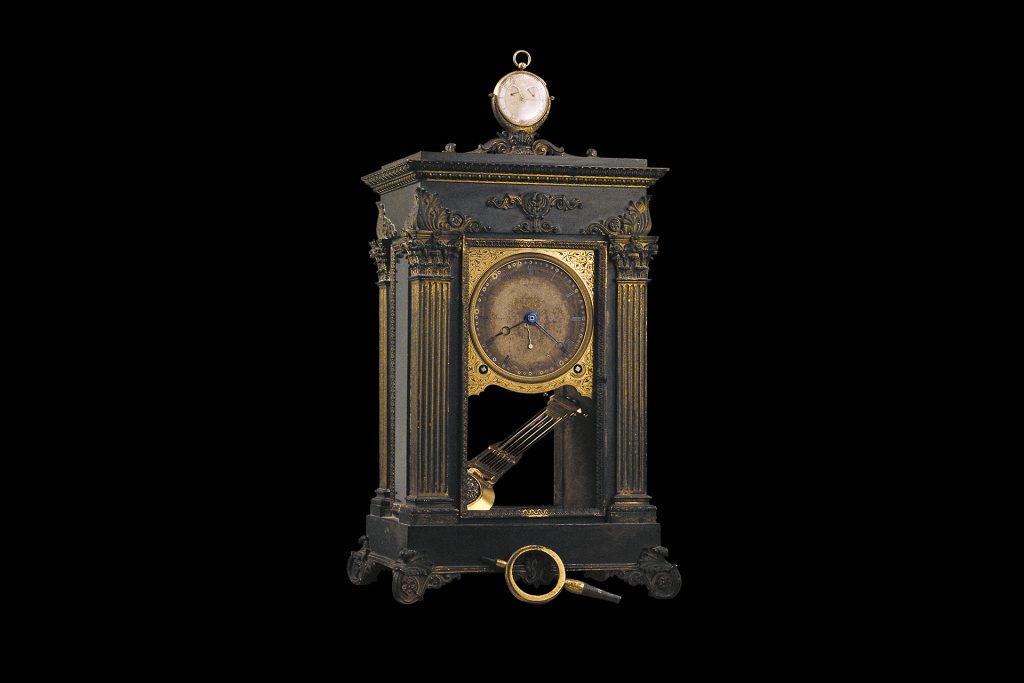
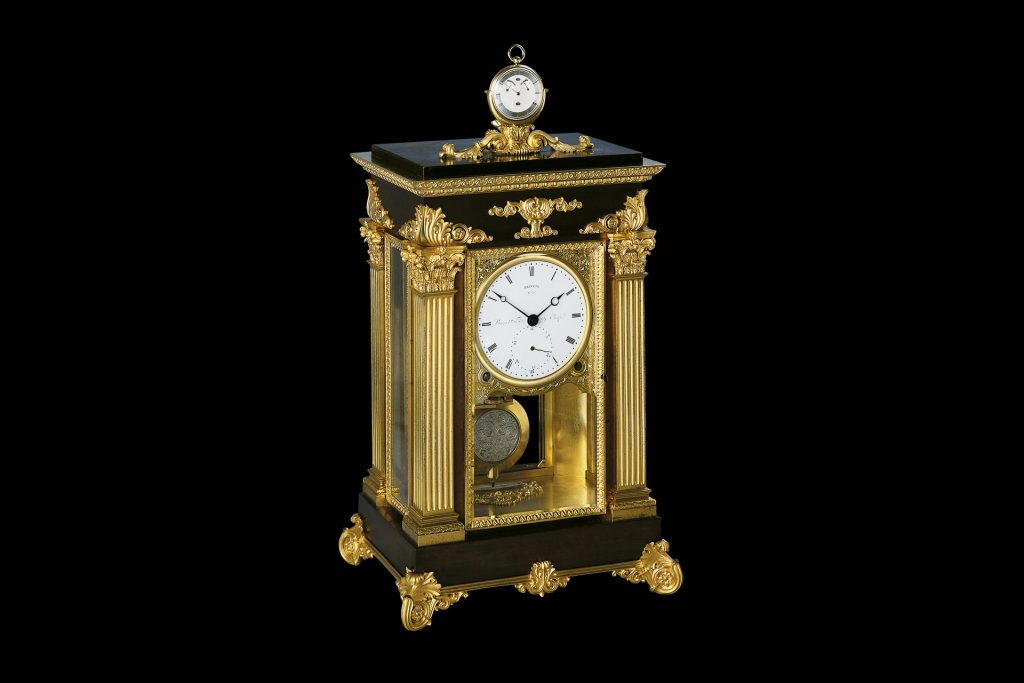
The ‘Pendule Sympathique’ by Breguet before and after the restoration
It was a true honour for Parmigiani. He was on the tracks of the most well-known watchmaker of the past that he deeply admired: Frères Rochat, Abraham-Louis Breguet, Pierre Jaquet-Droz, Francois Ducommun or Perrin Frères. It was an honour and at the same time huge responsibility to know these precious pieces in his care – some of them have been auctioned for several million euros or stored carefully in museums or with the ‘Sandoz Family Foundation’. In 1990 he spent nearly three months exclusively with the restoration of the “Pendule Sympathique” by Breguet. But Michel Parmigiani was also capable of restoring so-called automatons like the “Singing Bird Pistol” by Frères Rochat.
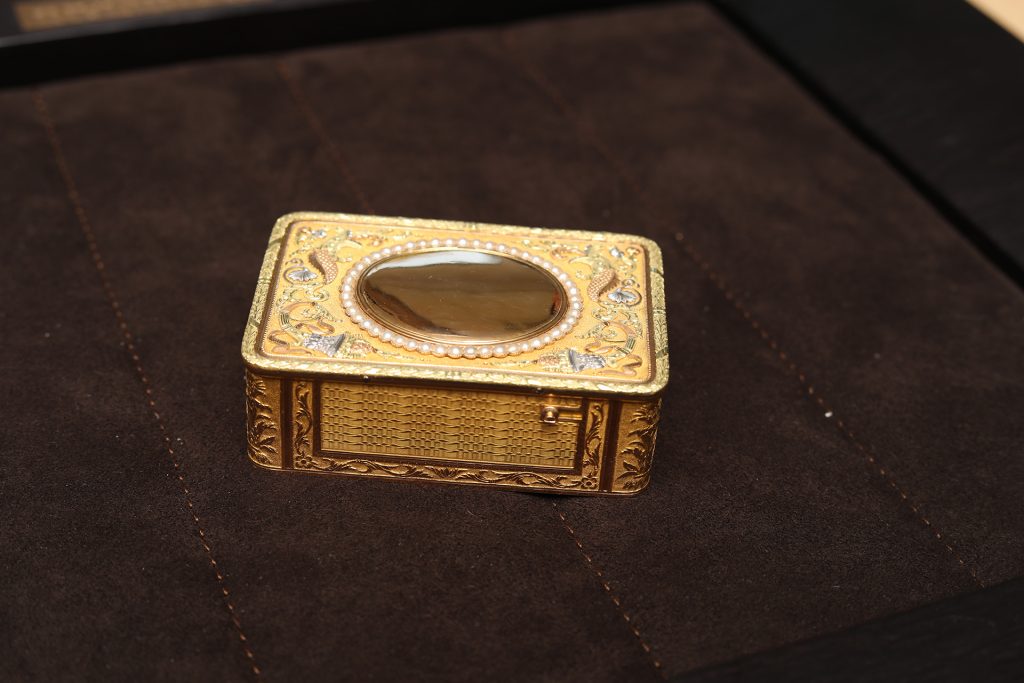
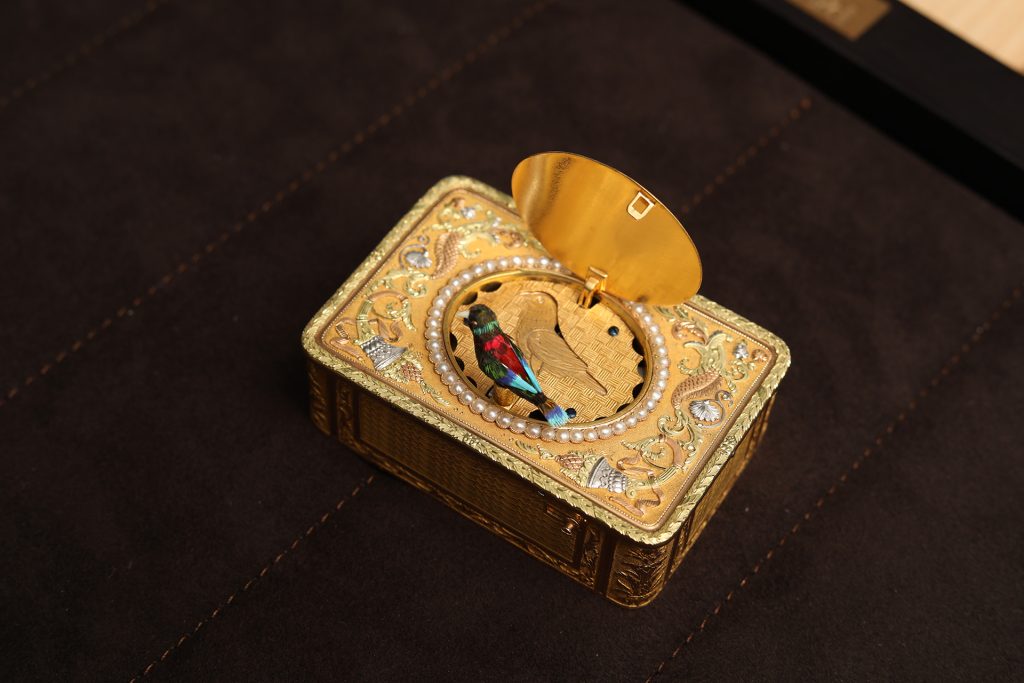
The historic ‘Tabatière’ by Frères Rochat (left)
A singing bird hides inside the ‘Tabatière’ by Frères Rochat (right)
The establishment of Parmigiani Fleurier
The restoration of watches and automatons did not entirely fulfil Michel Parmigiani. Over the years he missed the creativity to build something new. “Being a restorer, you spend a lot of time searching for traces because essential information is often missing and you want to restore the piece as authentic as possible”, Parmigiani says. He created unique pieces for collectors in his free time and even complications for renowned watch brands, but it was the Sandoz family that helped him to establish his own brand. Parmigiani Fleurier was founded in 1996. For such a young brand it was questionable in what way the watches could compete with the industries high standards. After all, the biggest Maisons have access to a centuries-old store of knowledge. Therefore, it is even more exciting to have a closer look at the brand Parmigiani Fleurier and its workspaces.
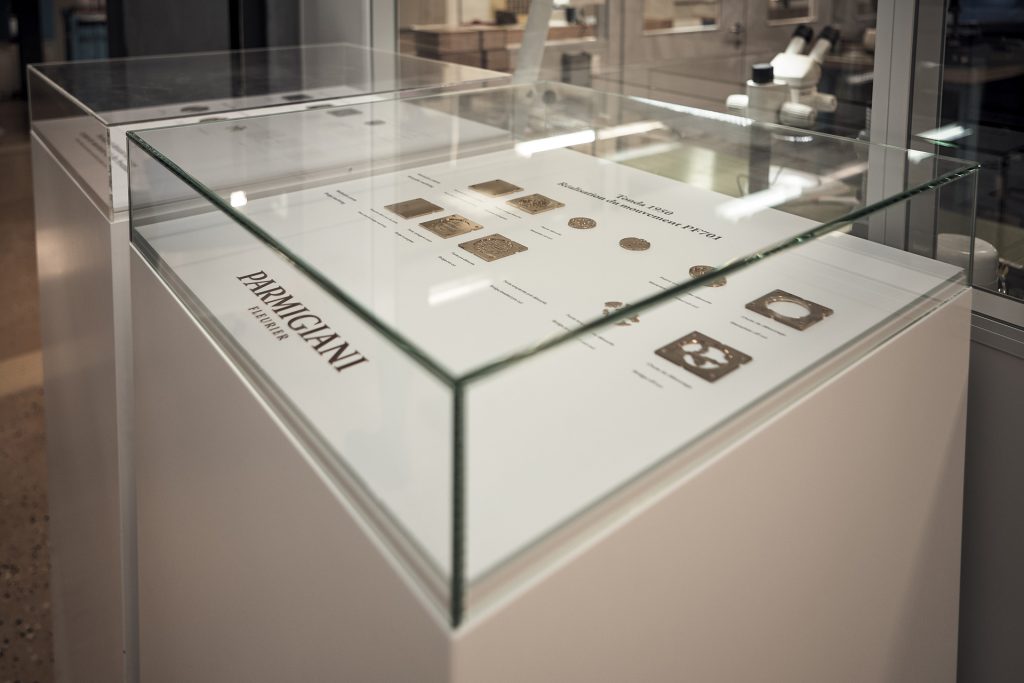
Vaucher Manufacture Fleurier
Becoming a Haute Horlogerie Manufacture in a few years only
Due to many years of restoration, Michel Parmigiani gathered the required experience that today remain alive in his own watches. But surely, that alone is not enough to fulfil the requirements of Haute Horlogerie timepieces. Vertical thinking was the answer. Therefore Parmigiani – with the help of the ‘Sandoz Family Foundation’ – purchased the right manufacturers that deliver all the necessary components. A smart step to becoming competitive as quickly as possible.
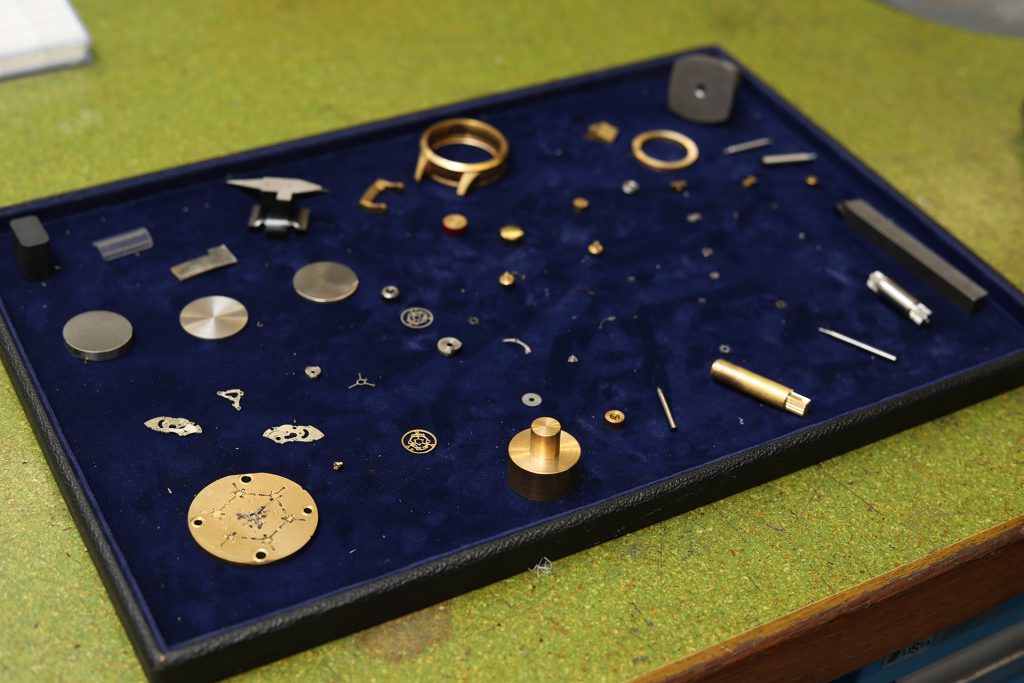
Different case- and movement pieces of the manufacture
In 2000 Parmigiani Fleurier purchased the brand ‚Les Artisans Boitiers’ (Engl. The case artisans) from La Chaux-de-Fonds. They have an outstanding reputation as case manufacture. LAB produce single copies and series from stainless steel, high-quality metal or titanium – for Parmigiani and also some competitors, which rely on the long experience of LAB. At Parmigiani, it is undoubtedly the extraordinary Bugatti case that is extremely complex to produce.
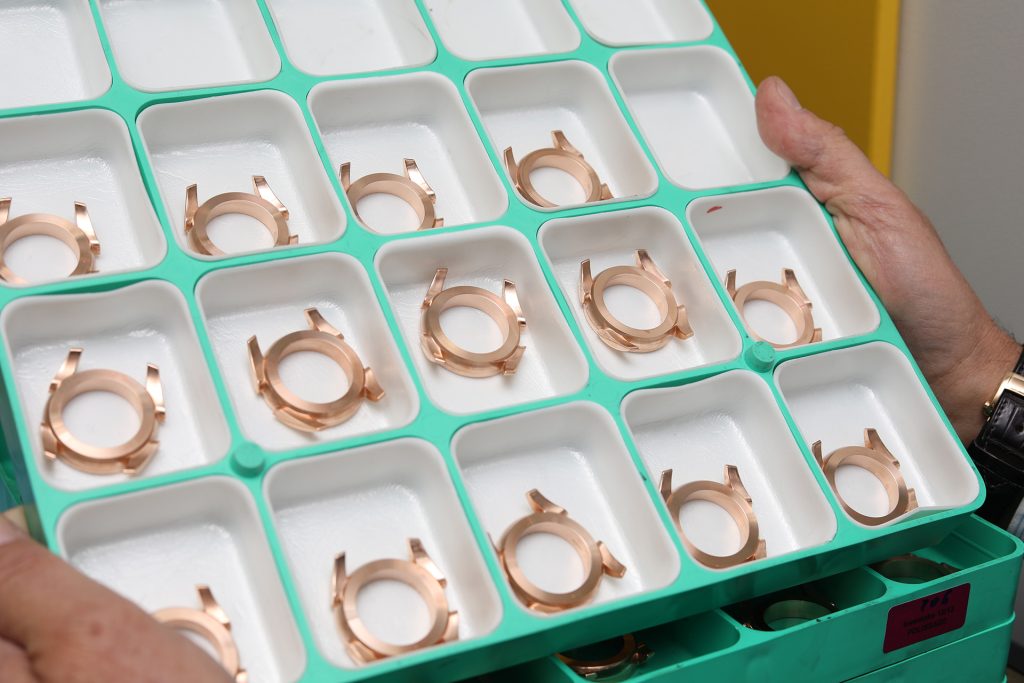

Case blanks (Left)
The complex Bugatti case design (Right)
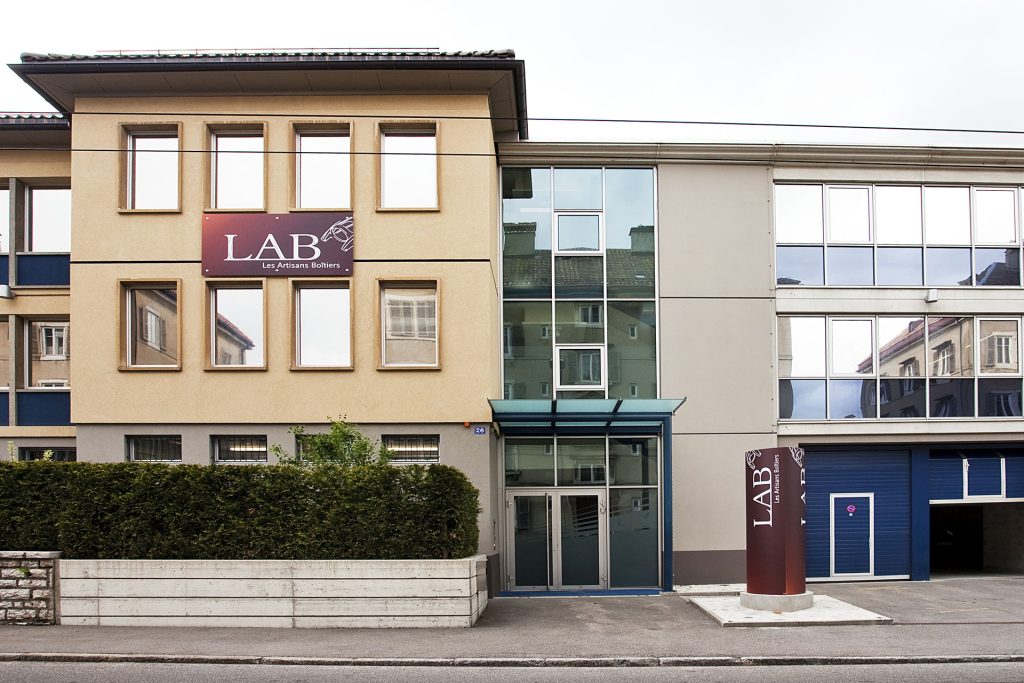
The ‚Les Artisans Boitiers’ (LAB) manufacture all cases for Parmigiani Fleurier
A member of staff at Parmigiani holds a massive 100.000 Euro block of platinum in his hands, of which in the next moment case components are being cut precise and with no effort. They trust Swiss precision as most of the machines in the manufacture are Swiss made. Talking about precision – the watchmakers are also supported by old Schaublin machines from the 1940s and 1950s which even today work just as reliable as the high tech CNC machines. The handling is even more convenient as they don’t need to be programmed. However, they are not made for big unit numbers. The technical progress facilitates the laborious production of all prototypes. In the past, it took a month until a new case prototype was being made at the cost of approximately 5.000, – Swiss franc. Today they have 3-D printer that makes them in two hours at the cost of 300, – Swiss franc. Maybe they will even replace the CNC machines one day.
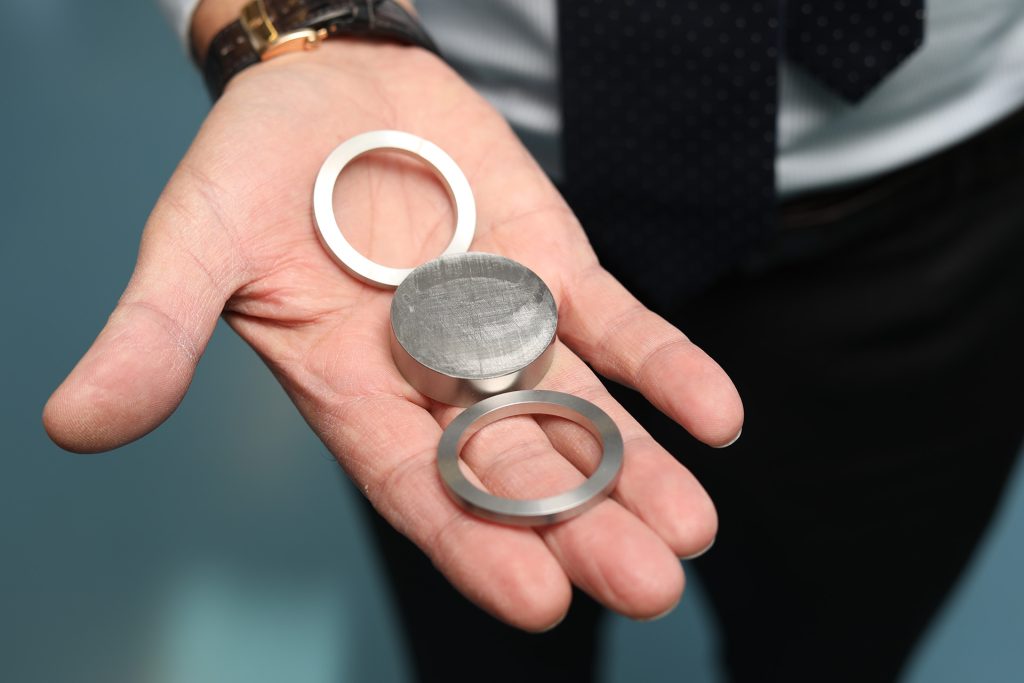
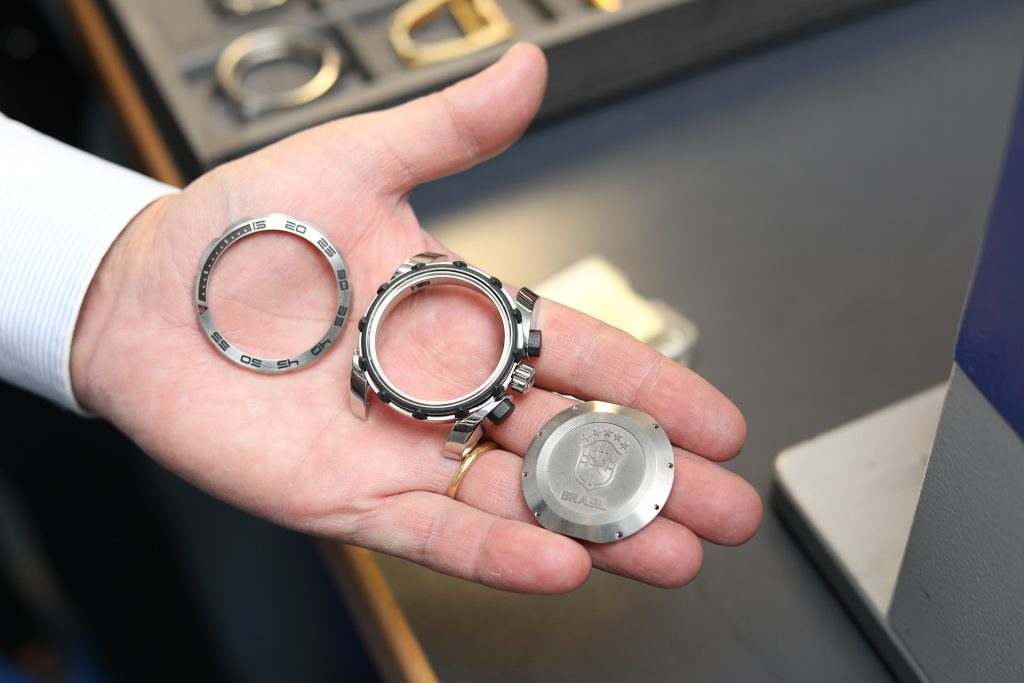
Case manufacture
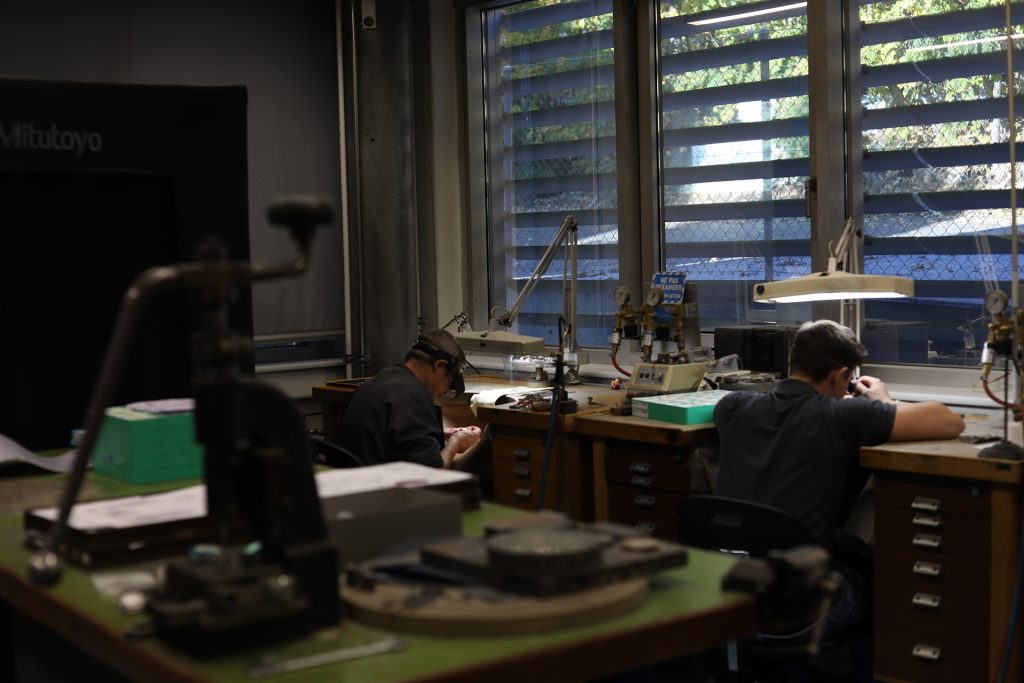
Inside the LAB
2001 Atokalpa and Elwin from near Bern joined – Atokalpa is specialized in the manufacture of movement parts like trains, micro-gears and balance springs and is one of only three manufactures worldwide to master the production of spring balances. Elwin is specialized in the manufacture of screws, pinions, balance staff and wheels.
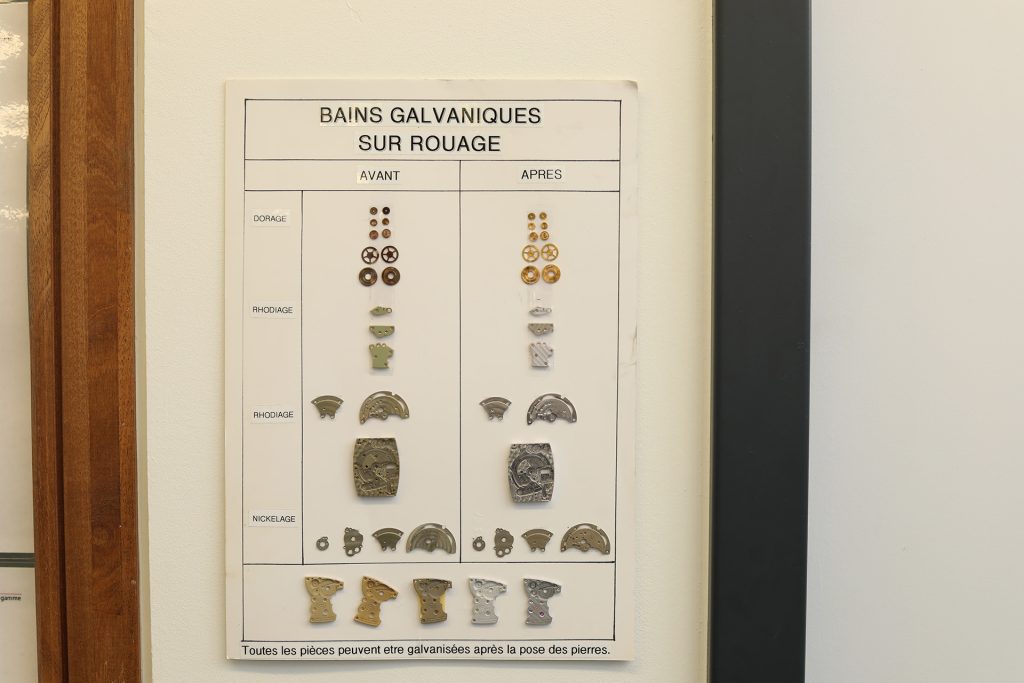
Manufacture of movement pieces
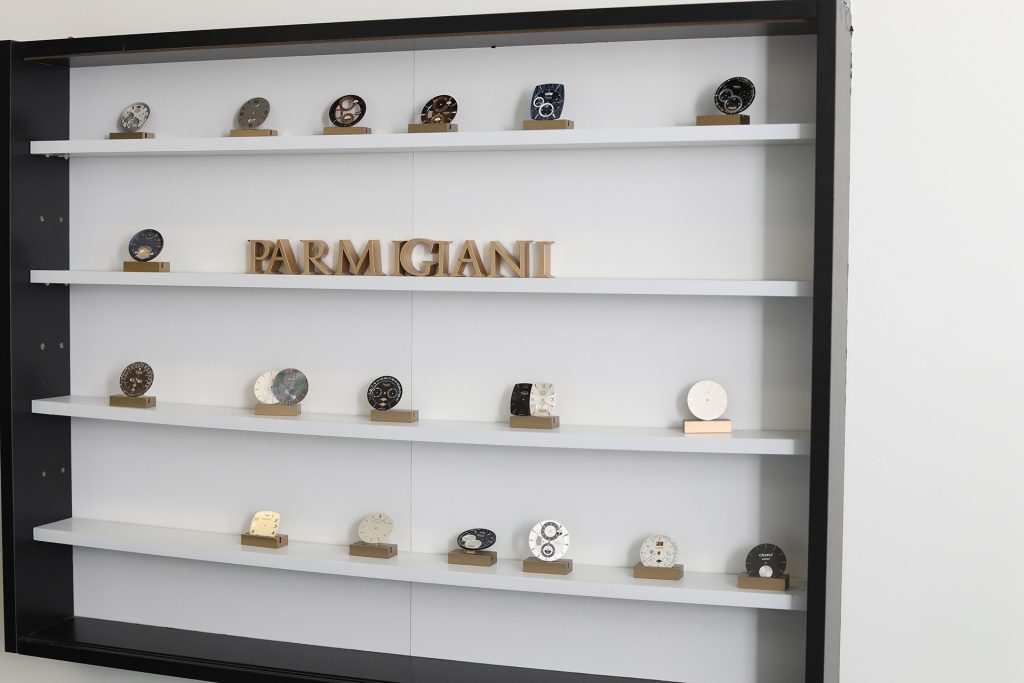
Different dial types of Parmigiani Fleurier
In 2003 they added another essential component. The ‘Vaucher Manufacture Fleurier’ was established and produces all movements for Parmigiani. All individual parts are being decorated, polished and assembled by hand, following the regulations of the Haute Horlogerie. Research and development are also in the ‘Vaucher Manufacture Fleurier’; hence all new calibres are being developed in this place.
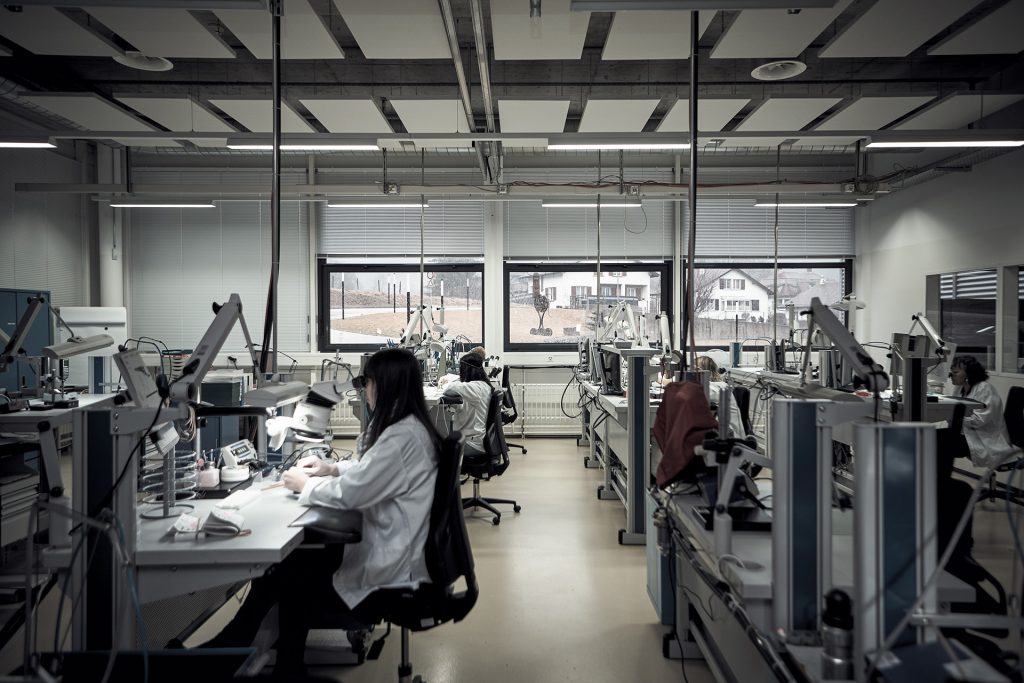
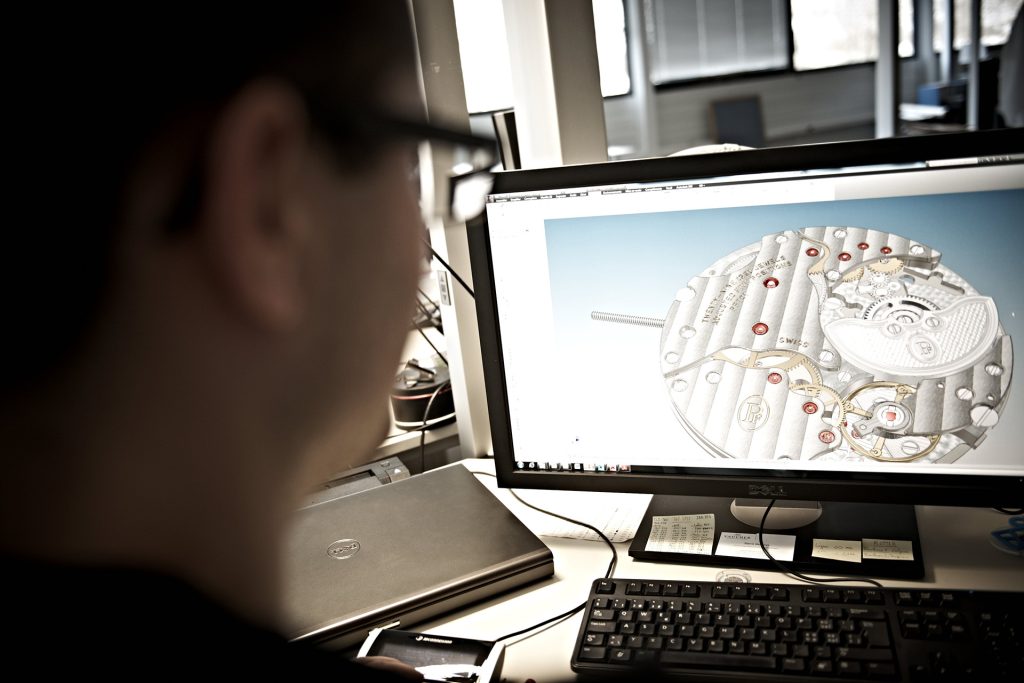
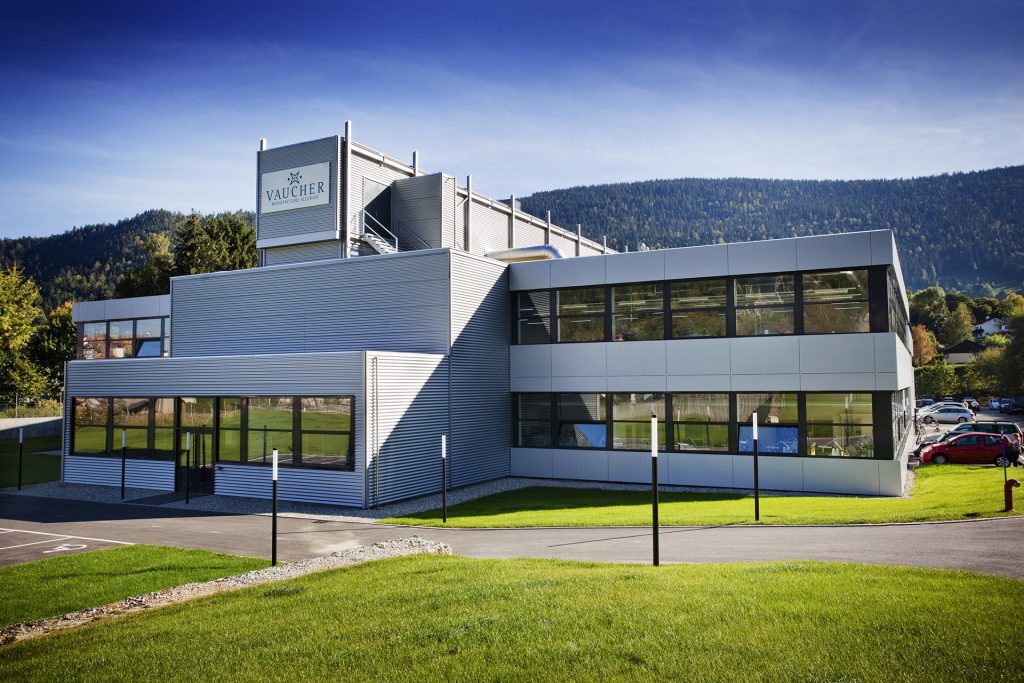
Vaucher Manufacture Fleurier produces movements for Parmigiani Fleurier
In 2005 the Parmigiani manufacture was completed by Quadrance & Habillage, a specialist in producing dials. In their own factory they guilloche and engrave dials from brass or gold, and in a final step, the indications and decorative appliques are being mounted onto the dial plates. They are usually made in two to three levels to give them volume. The hands are being cut separately and mounted into the dials. The different colours and decorations have to be transferred onto the surface in many individual steps and harden in the oven after each process before applying another level. A laborious process that requires a lot of patience.
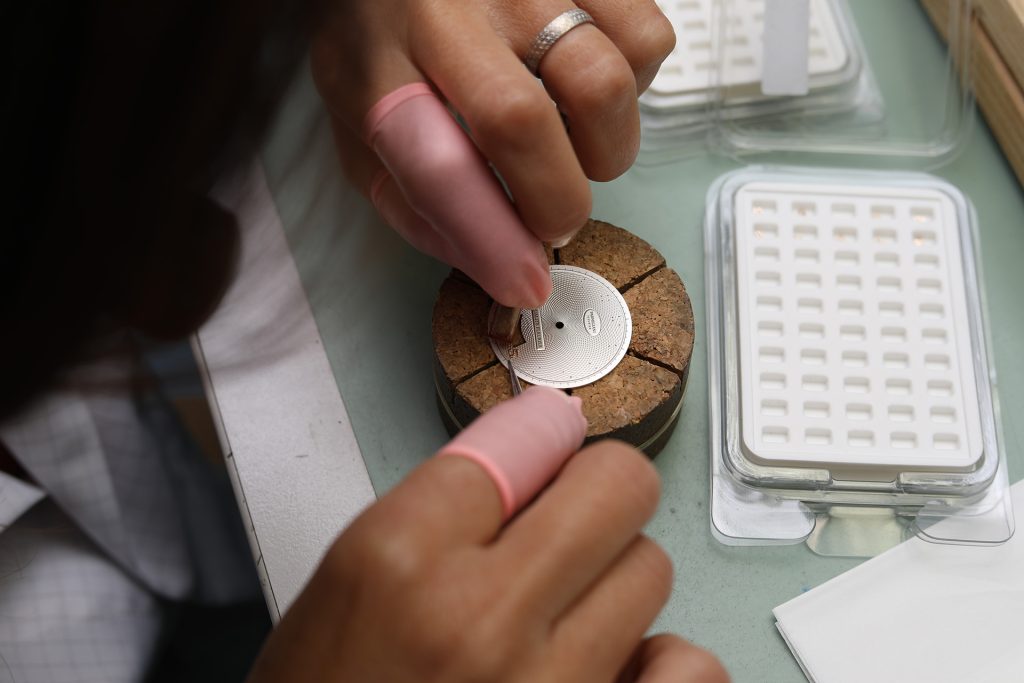
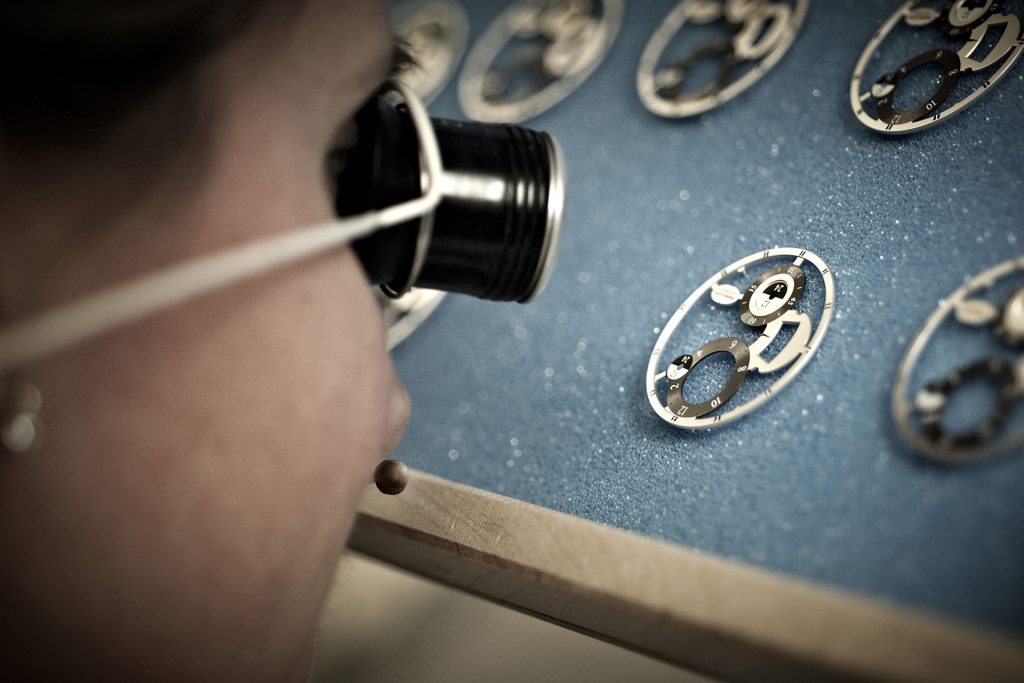
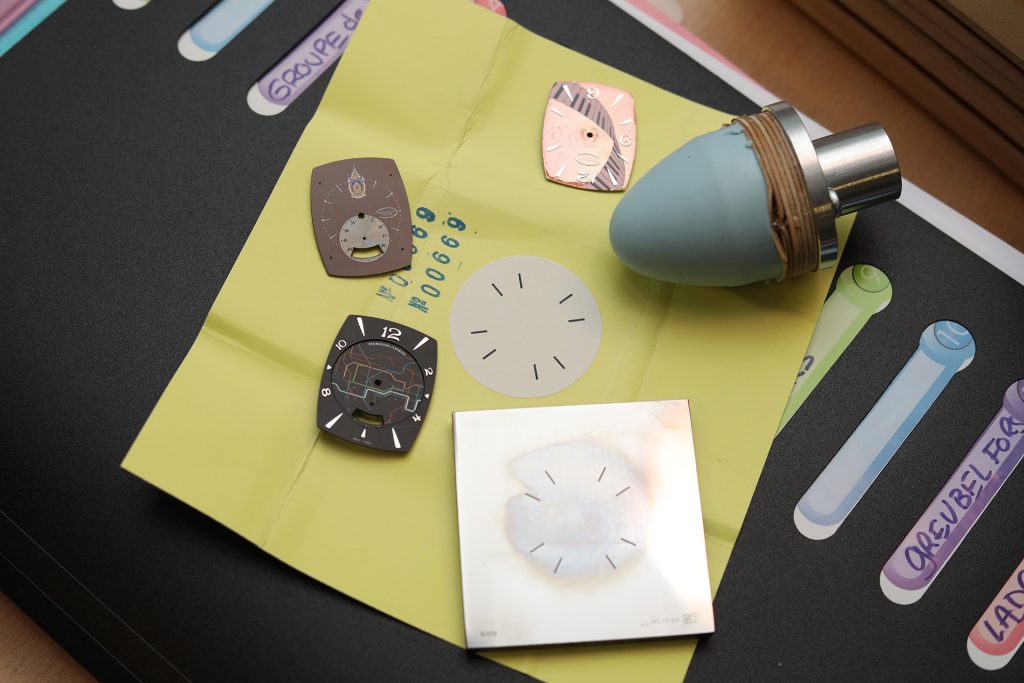
Inside the dial manufacturer Quadrance & Habillage
Parmigiani produces 95 % of all watch parts in-house. The only components that are not made in-house are the jewels made of synthetic rubies, the springs from the barrel and the leather straps. Since 2006, Parmigiani exclusively purchases them from Hermès.
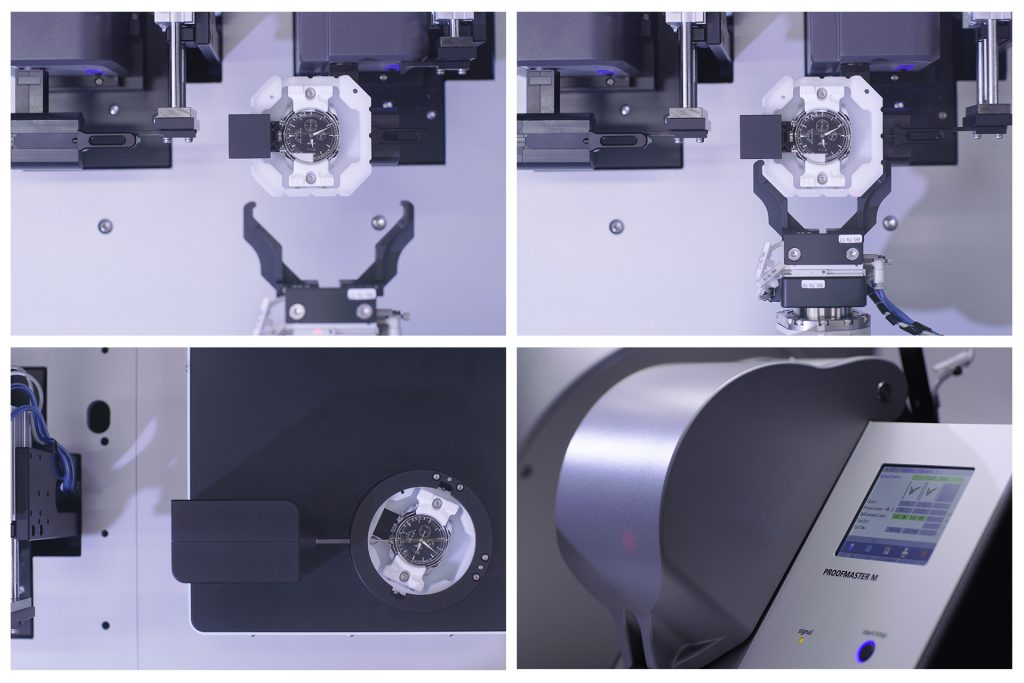
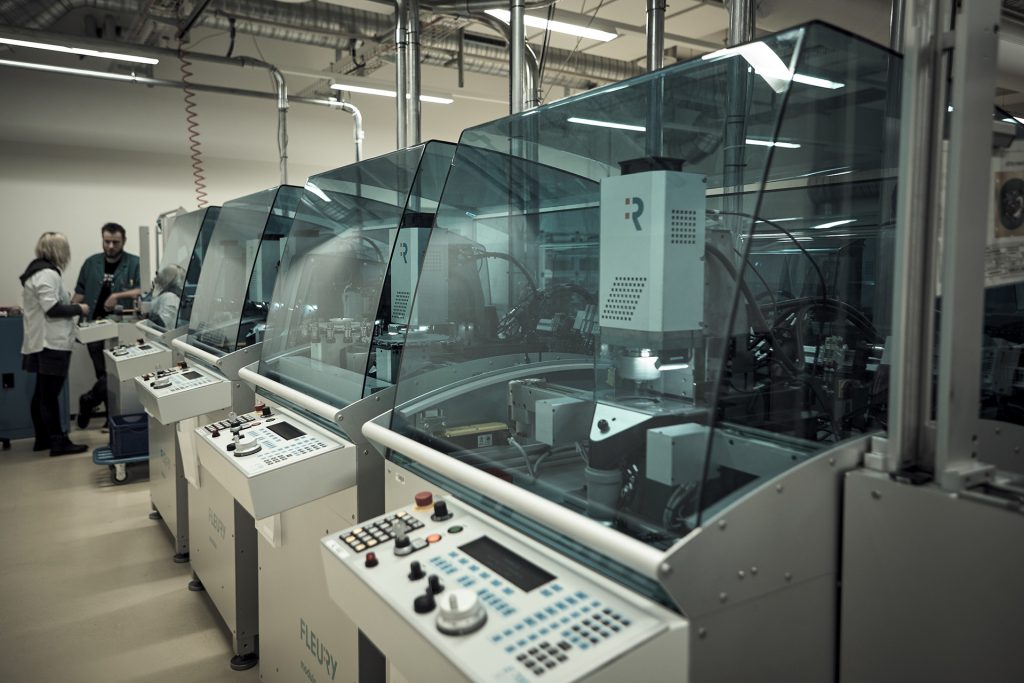
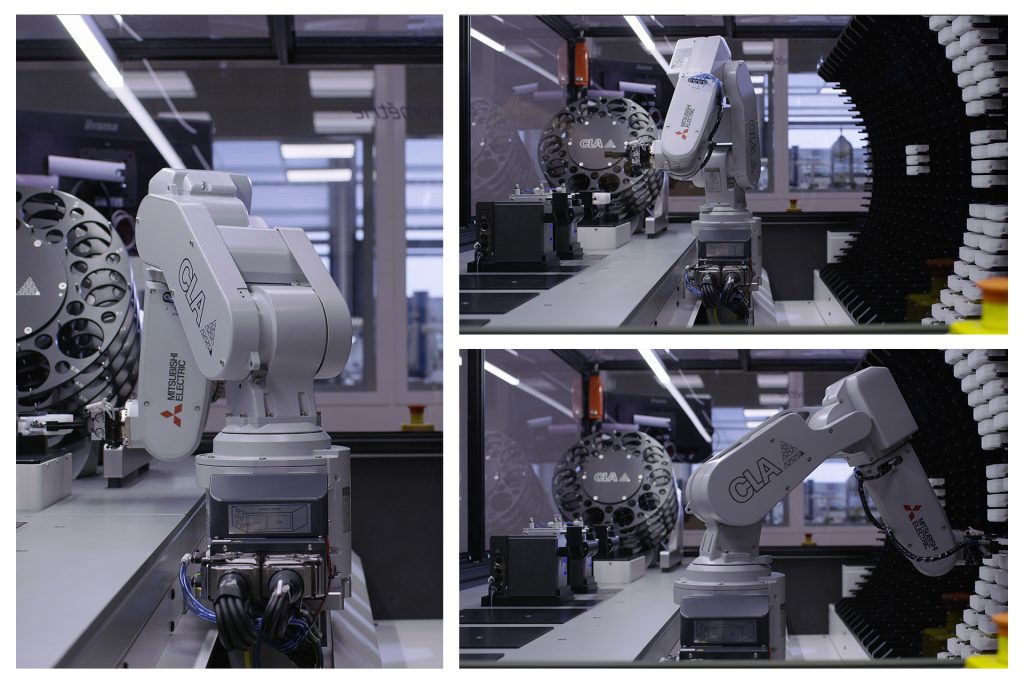
Vaucher Manufacture Fleurier
The Restoration becomes the source of inspiration
Despite the many different facilities, the heart of the brand beats in Fleurier; however, you will rather find a workshop there – or ‘Pôle Horloger’ (watchmaking centre) as they call it – instead of traditional manufacture. At this place, the first ideas for a new watch are put together and eventually they also come alive here. The restoration is on the first floor from where still today unique pieces arise, just like the tobacco tin ‘Tabatiere Rochat’ or ‘The Knife’. The knife is one of a kind that can not even be found in any museum.
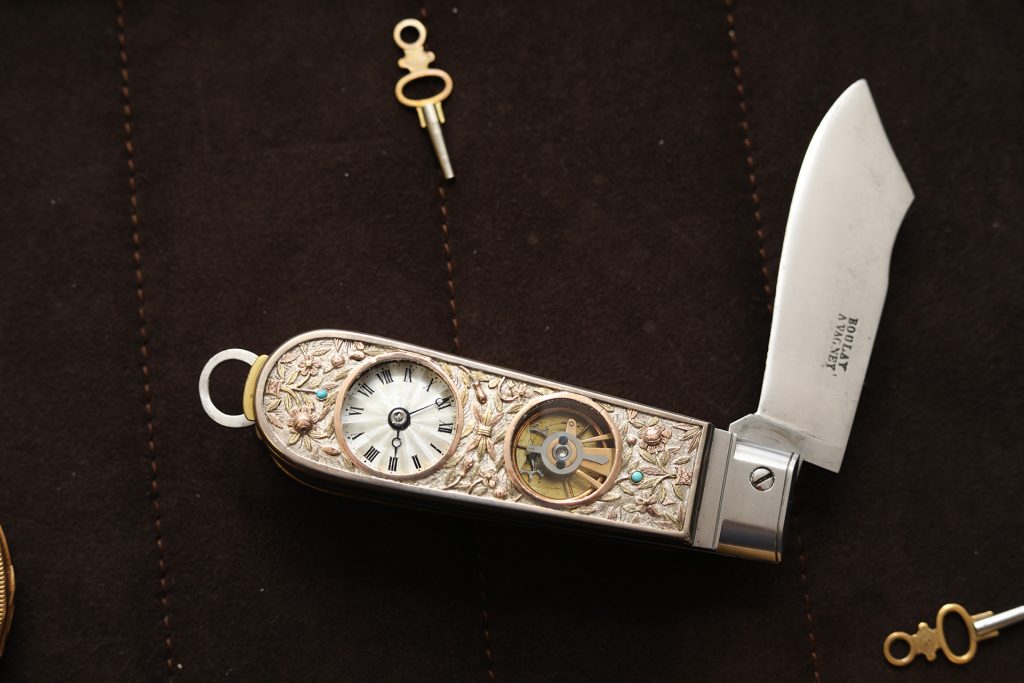
Unique – ‘The Knife’ from the restoration department of Parmigiani Fleurier
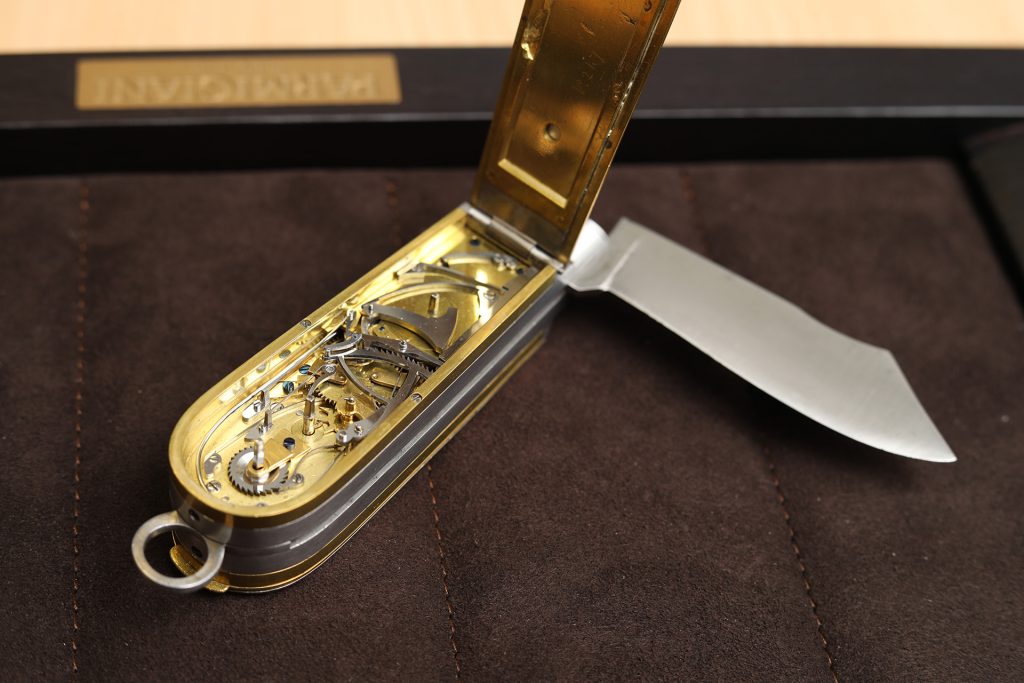
Knife and automaton in one
Before all the numerous components of each manufacturer mesh, the first idea arises from the design department in Fleurier. Michel Parmigiani is the creative force – having access to the restoration offers inspiration for new watch types. Hence the Tonda Hémisphères is inspired by an antique pocket watch with two movements, which are mounted on one main plate and are equipped with two time zones. With the Tonda Hémisphère, Parmigiani has taken it one step further. Due to an ingenious watch movement, it shows two different time zones accurate to the minute even if the difference is only a half or quarter of an hour to the second time zone.

Another example of the strong connection between restoration and modern interpretation can be seen in the Toric Capitole Minute Repeater. It is inspired by a pocket watch from Perrin Frères made in the early 19th century that was already restored by Parmigiani. What’s so special about this watch is, that the time is displayed in a crescent window. The hour hand moves along the minute indices that are printed on the dial. Once it has reached a full hour, the next number appears and starts running. Parmigiani has copied this function from the original piece and developed the calibre PF 32. It was manufactured entirely in-house and equipped with a minute repeater. Besides this, the Toric Capitole Minute Repeater is decorated strikingly beautiful with a double fluted bezel and a centre made of white gold and enamel. The dial is made of mother of pearl.
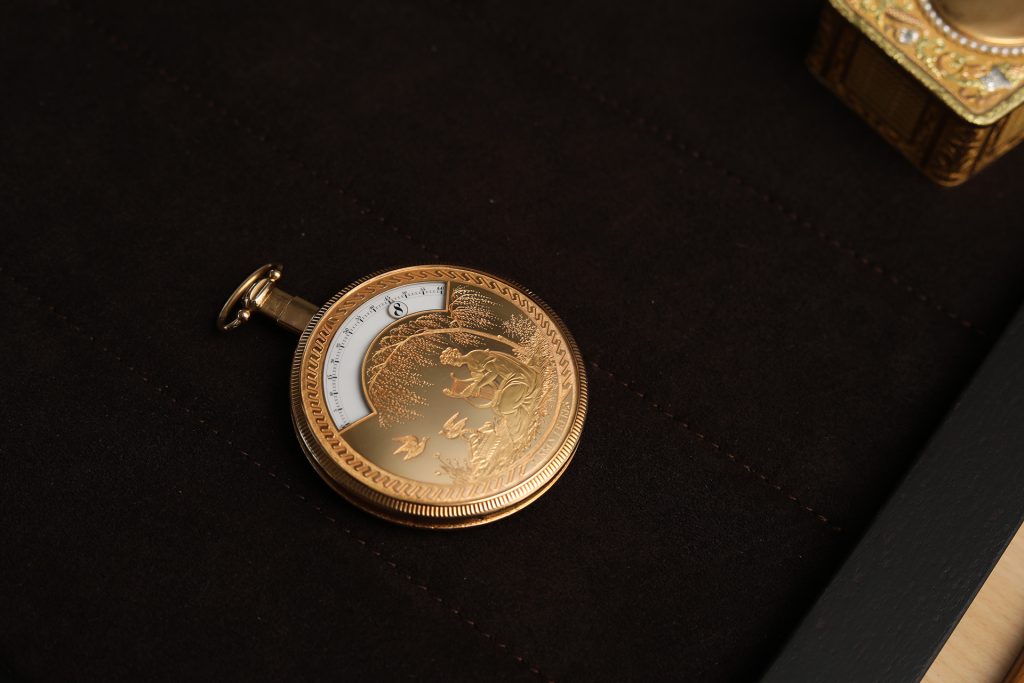
A historical pocket watch by Perrin Frères from the early 19th century
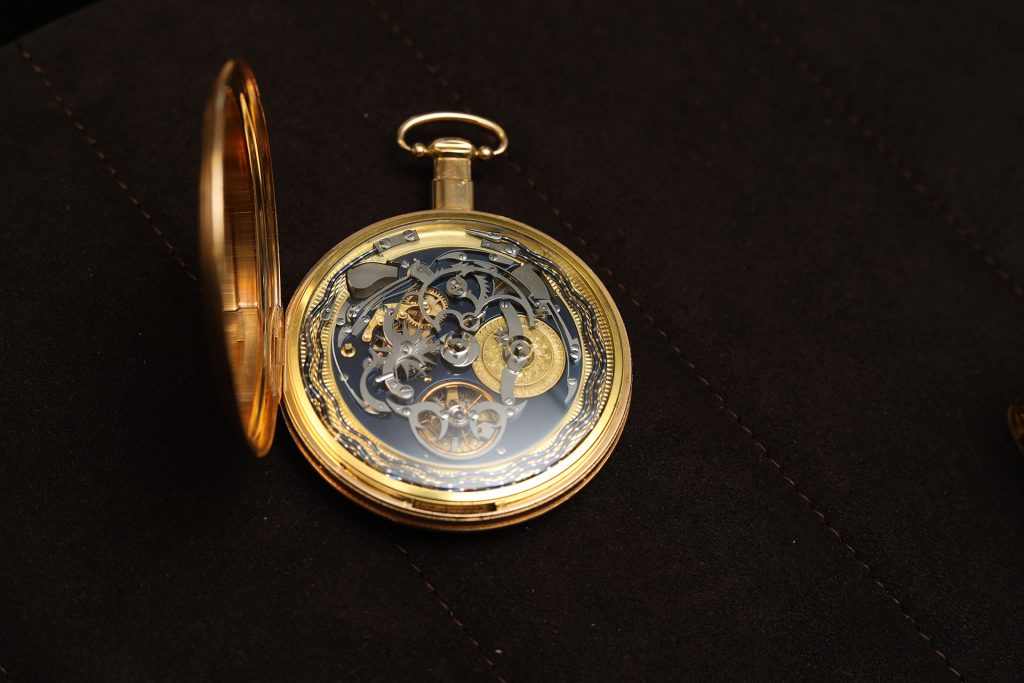
The pocket watch was restored by Michel Parmigiani
The golden number and the harmony of proportions
Michel Parmigiani is obsessed with the principle of the Golden Number. It’s this harmonic formula deriving from architecture that let things appear to be more aesthetic – why? No one really knows. The Eifel tower is one famous example. The lower part is in relation 1:1.618 to the upper part. Michel Parmigiani gets inspired by the shapes from nature – from the spirals in a shell for example, or the delicate arrangement of seeds in a sunflower. Hence you will always find the Golden Number reflected somewhere in his watches – in the hands, the case, the typical teardrop-shaped lugs or the size of the counters versus that of the dial. Even the ‘PF’ emblem that is sometimes placed on the rotors respect the formula of the Golden Number.
Whenever Parmigiani is not working on special pieces, he develops new movements for Vaucher. Fleurier finally has its watchmakers back. And above all Michel Parmigiani, who has never given up his faith in the crafts of mechanical watchmaking.
